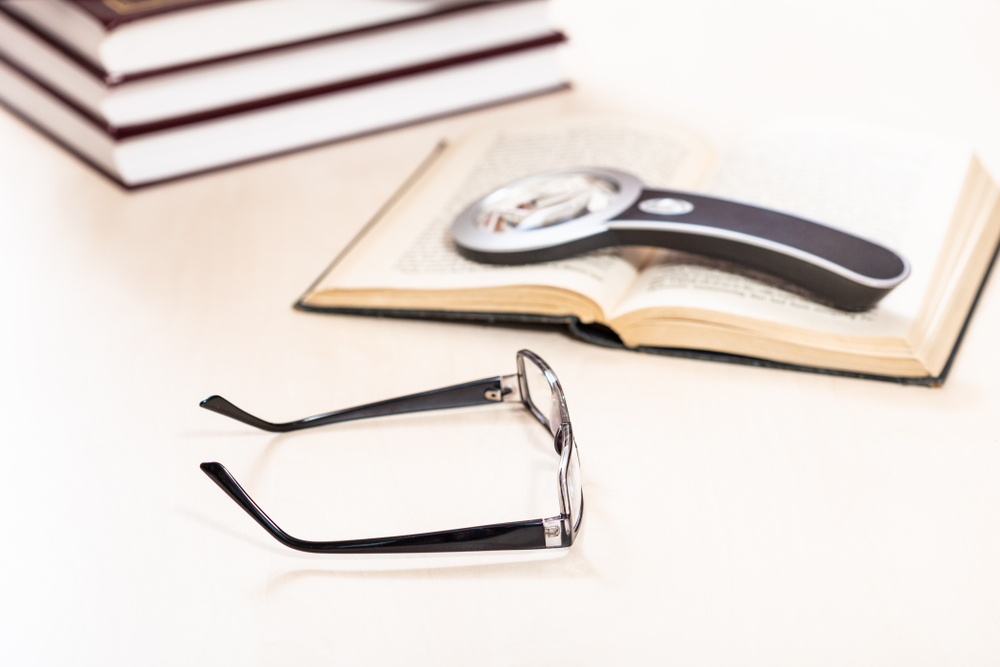
For individuals living with vision loss, navigating daily tasks can be a significant challenge. However, modern advancements in low vision care have made it possible to regain independence and improve quality of life. One of the most impactful tools available are low vision aids, a range of devices and technologies designed to help people with impaired vision see better. At Low Vision Doctors of Ohio, we specialize in helping patients make the most of their remaining vision.
What is Low Vision?
Low vision is a condition in which a person’s vision cannot be fully corrected with glasses, contact lenses, medication, or surgery. This type of vision loss makes it difficult to perform everyday tasks like reading, driving, recognizing faces, or watching television. It is commonly caused by eye conditions such as macular degeneration, glaucoma, diabetic retinopathy, and retinitis pigmentosa. Unlike complete blindness, people with low vision still retain some usable vision. The goal of low vision care is to maximize that remaining sight through specialized tools and training.
How Can Low Vision Aids Help?
Low vision aids are designed to enhance functional vision. These tools do not cure vision loss, but they help patients use their remaining vision more effectively. Whether it’s reading a newspaper, identifying street signs, or enjoying a hobby again, the right low vision aid can make a world of difference. With the guidance of a low vision specialist, patients can receive personalized assessments and training to determine which aids will best meet their needs and goals.
Optical Devices
These include a variety of lenses and magnifying systems that help enlarge images so they’re easier to see. Common optical devices include:
Handheld magnifiers: Useful for reading small print or examining objects up close.
Stand magnifiers: Sit directly on the reading material and provide steady magnification.
Spectacle-mounted magnifiers: Worn like glasses, freeing up hands for tasks like knitting or writing.
Telescopic Glasses
Also known as bioptic telescopes, these glasses contain miniature telescopes mounted on the lenses. They allow individuals to see distant objects more clearly, such as street signs or faces across a room. These devices are especially helpful for watching television, going to the theater, or even driving in some cases (with special licensing).
Electronic Magnification
Video magnifiers (CCTVs) and digital magnifiers use a camera to display a magnified image on a screen. These devices offer customizable contrast, brightness, and zoom, making them highly versatile for reading, writing, and viewing photos.
Computer Software
Adaptive software enables people with low vision to use computers and mobile devices more easily. These include:
Screen magnification software: Enlarges text and images on the screen.
Screen readers: Use synthetic speech to read text aloud.
Text-to-speech programs: Convert digital text into spoken word, ideal for reading documents, emails, and websites.
Absorptive Lenses
Absorptive lenses filter out specific wavelengths of light to reduce glare and enhance contrast, particularly in bright or low-light environments. They are available in various tints and are often worn as sunglasses or clip-ons over prescription glasses.
Ready to Take the Next Step?
Low vision doesn’t mean giving up on the activities you love. With the right low vision aids and professional support, it’s possible to regain independence and improve your quality of life. We’re committed to helping you find the right tools and strategies to make the most of your vision.
If you or a loved one is struggling with vision loss, schedule a consultation with Low Vision Doctors of Ohio to find the best low vision aids that fits your lifestyle. Visit our office in Columbus, Ohio, or call (614) 400-3950 to book an appointment today.






